The annual spectacle of bird migration has long fascinated scientists and nature enthusiasts alike. For centuries, humans have marveled at the precision with which birds navigate across continents, often traveling thousands of miles between their breeding and wintering grounds. While traditional methods of studying migration relied on bird banding and visual observations, recent advancements in weather radar technology have revolutionized our understanding of these aerial journeys. Meteorologists and ornithologists are now joining forces to decode the biological signals hidden within weather radar data, unlocking new insights into the timing, routes, and behaviors of migrating birds.
Weather surveillance radar systems, originally designed to detect precipitation and atmospheric phenomena, have proven remarkably effective at capturing the movements of birds and other flying animals. As millions of birds take to the skies during migration seasons, their collective movements create distinct patterns in radar imagery that skilled analysts can distinguish from weather phenomena. These biological signatures appear as characteristic rings or expanding circles on radar displays, particularly at night when most songbirds migrate. The density and direction of these patterns provide valuable information about migration intensity and flight paths.
The integration of radar ornithology with traditional field observations has created a powerful tool for conservation efforts. By analyzing decades of radar archives, researchers can identify long-term trends in migration patterns and correlate them with environmental changes. This approach has revealed concerning declines in certain migratory bird populations and helped pinpoint critical stopover habitats that require protection. Conservationists now use radar-derived migration forecasts to anticipate periods of high bird movement, enabling them to coordinate lights-out initiatives in cities along major flyways and reduce fatal collisions with buildings.
Recent technological advancements have significantly enhanced the resolution and sensitivity of weather radar networks. The Next Generation Weather Radar (NEXRAD) system in the United States, for example, can detect individual birds up to 90 kilometers away under optimal conditions. When combined with machine learning algorithms, these systems can differentiate between various types of biological targets – distinguishing insect swarms from bird flocks, or identifying bats emerging from caves at dusk. This level of detail allows researchers to study not just when and where migration occurs, but also how different species behave during their journeys.
One of the most exciting developments in this field is the creation of real-time migration forecasting tools. Similar to weather forecasts, these systems use radar data, atmospheric models, and historical patterns to predict nightly migration intensity. The BirdCast project, a collaboration between several research institutions, provides nightly migration maps that indicate where heavy bird movement is expected. These forecasts help birdwatchers plan their outings and enable conservation organizations to time their interventions more effectively. The predictive models consider factors like wind patterns, temperature, and moon phase, all of which influence when and how birds migrate.
The application of radar technology to bird migration studies has also yielded unexpected insights into avian behavior. Researchers have discovered that many birds make altitude adjustments during flight to take advantage of favorable wind conditions, sometimes ascending or descending thousands of feet to conserve energy. Radar has revealed that migration often occurs in distinct waves, with different species or populations moving at different times during the night. These findings challenge previous assumptions about the uniformity of migratory movements and suggest more complex decision-making processes among migrating birds than previously understood.
As climate change alters weather patterns and ecosystems, radar monitoring of bird migration becomes increasingly valuable for detecting shifts in phenology and distribution. Early analyses suggest that some species are adjusting their migration timing in response to changing temperatures, while others appear less flexible in their schedules. These differential responses could lead to ecological mismatches, where birds arrive at breeding grounds either too early or too late to take advantage of critical food resources. Long-term radar datasets provide an objective measure of these changes, offering crucial evidence for understanding how climate change affects migratory species.
The future of radar ornithology looks promising, with new technologies and analytical methods continually expanding the field's potential. Researchers are working to integrate radar data with other tracking technologies, such as miniaturized GPS tags and automated acoustic monitoring systems. This multi-pronged approach promises a more comprehensive understanding of migration ecology. Additionally, international collaborations are forming to share radar data across borders, creating a global perspective on migratory movements. As these efforts progress, weather radar networks may become as essential to conservation biology as they are to meteorological forecasting.
Public engagement with radar migration data has grown significantly in recent years, thanks to user-friendly visualization tools and citizen science initiatives. Websites and mobile apps now allow anyone to explore current migration conditions in their area, fostering greater appreciation for the scale and importance of bird migration. This democratization of scientific data not only educates the public but also creates opportunities for amateur naturalists to contribute valuable observations that complement radar findings. The intersection of technology and community involvement represents a powerful model for ecological monitoring in the digital age.
While radar technology has transformed migration research, challenges remain in fully interpreting the complex biological signals captured by these systems. Distinguishing between species, accounting for radar beam spread at greater distances, and understanding how bird behavior affects radar returns all require ongoing research. Nevertheless, the marriage of meteorology and ornithology through weather radar has opened unprecedented windows into the secret lives of migratory birds. As analytical techniques improve and radar networks expand, scientists anticipate even greater discoveries about one of nature's most remarkable phenomena – the incredible journeys of migratory birds across our planet.
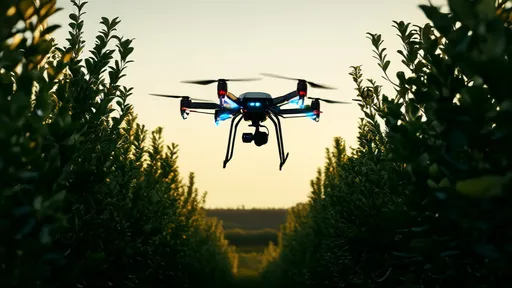
By /Jul 18, 2025
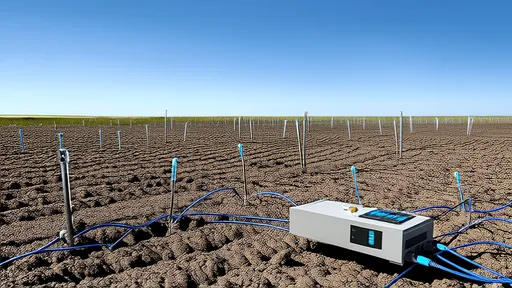
By /Jul 18, 2025

By /Jul 18, 2025
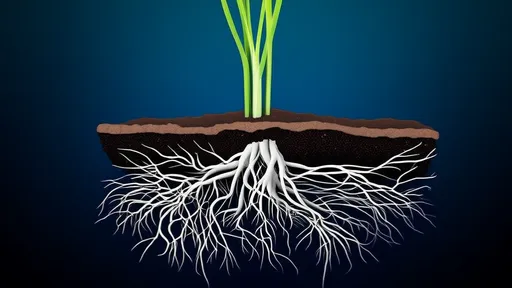
By /Jul 18, 2025

By /Jul 18, 2025

By /Jul 18, 2025

By /Jul 18, 2025

By /Jul 18, 2025

By /Jul 18, 2025
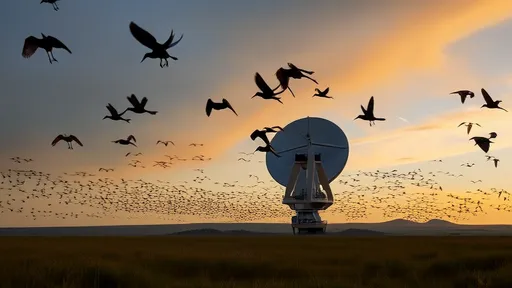
By /Jul 18, 2025

By /Jul 18, 2025
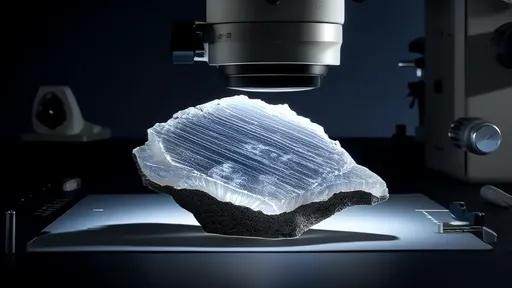
By /Jul 18, 2025

By /Jul 18, 2025

By /Jul 18, 2025

By /Jul 18, 2025

By /Jul 18, 2025
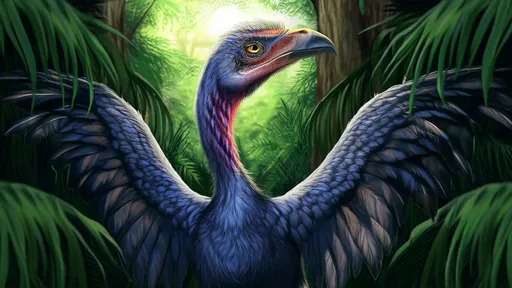
By /Jul 18, 2025

By /Jul 18, 2025